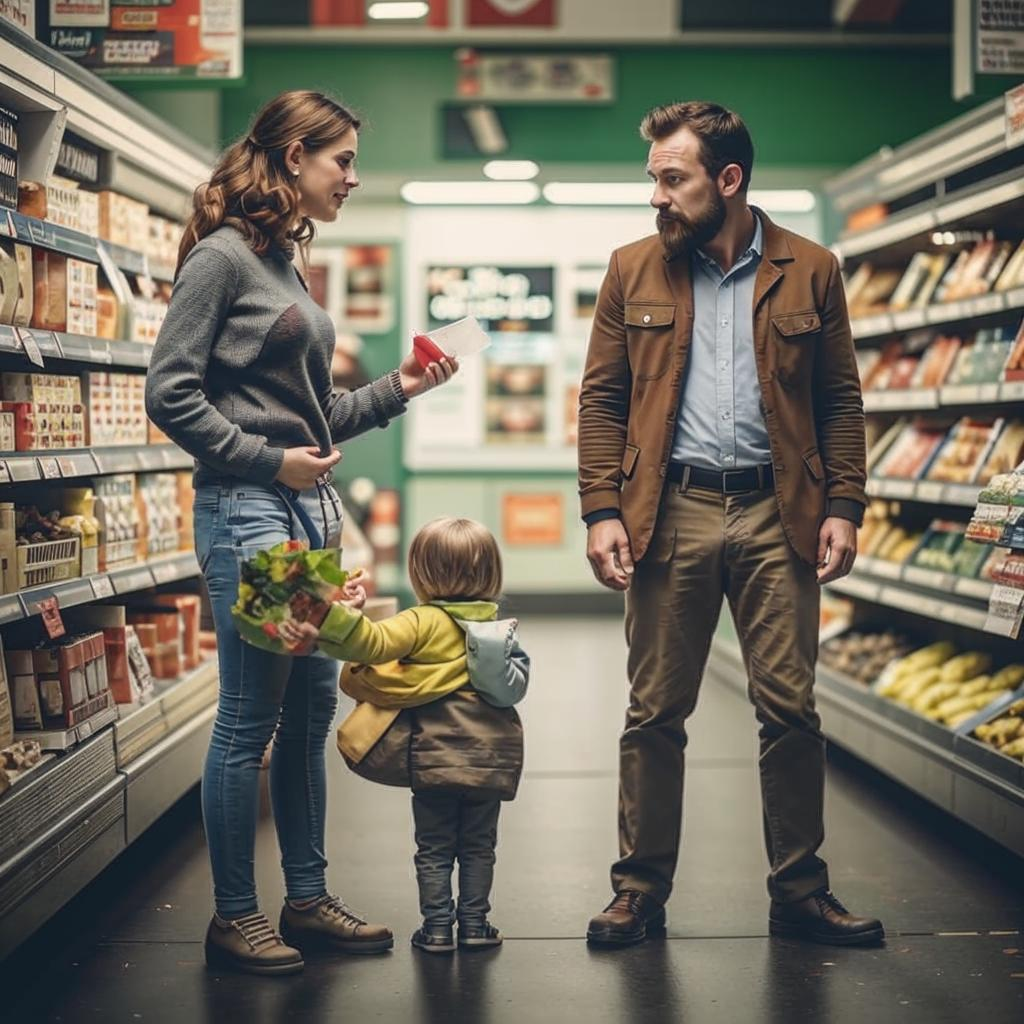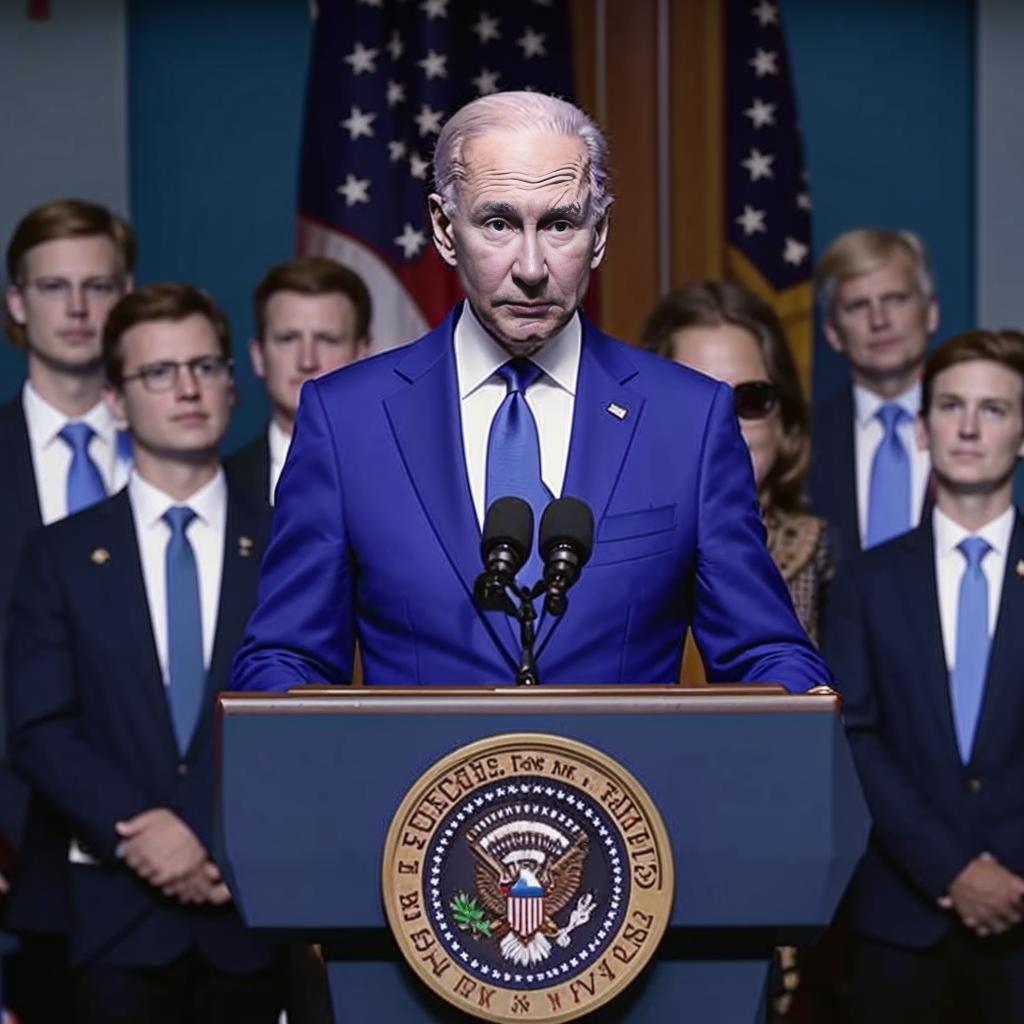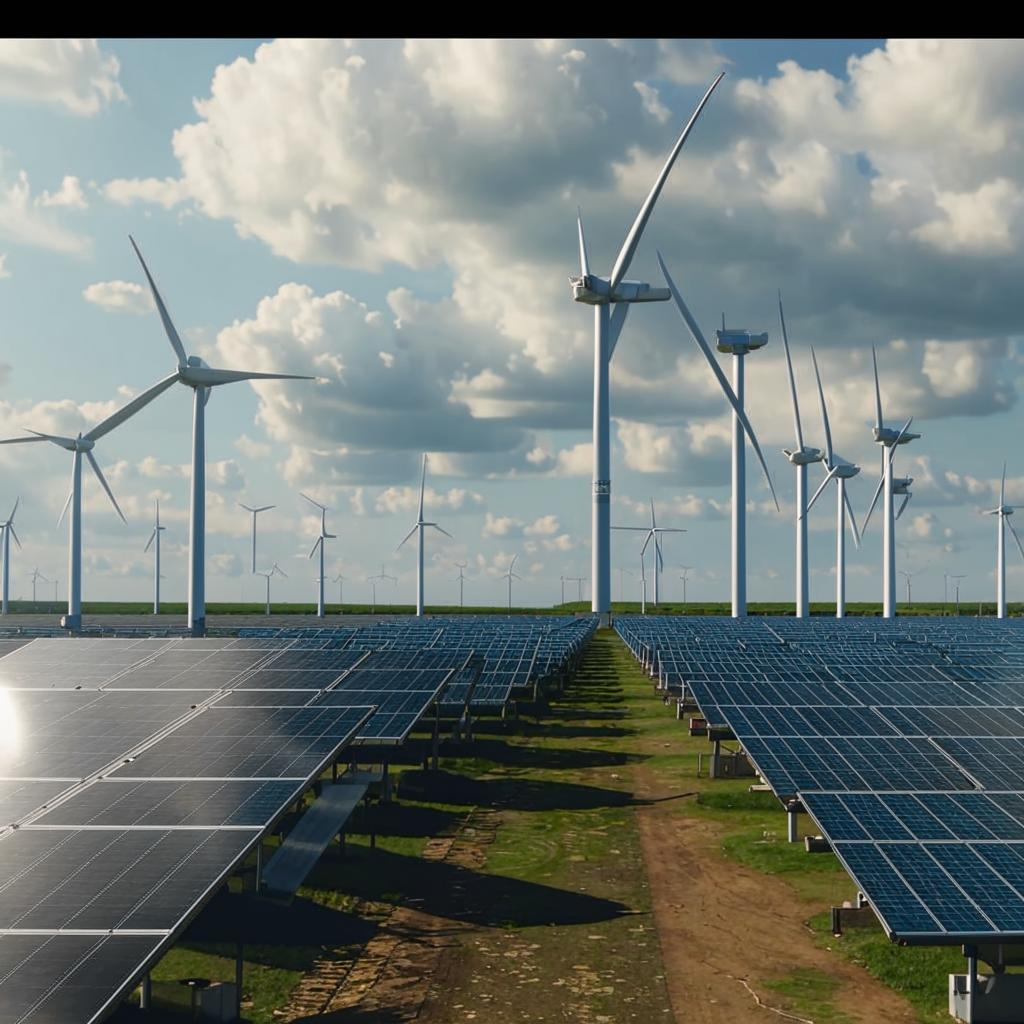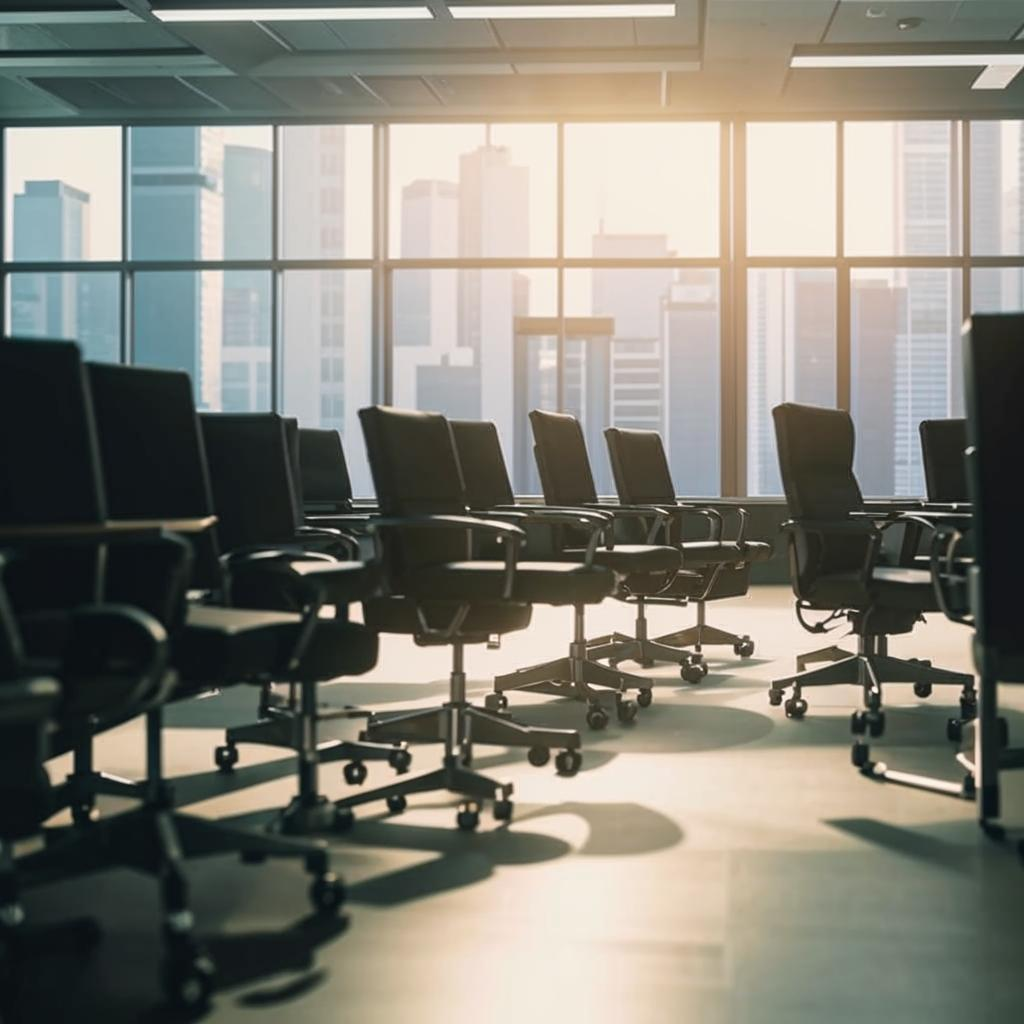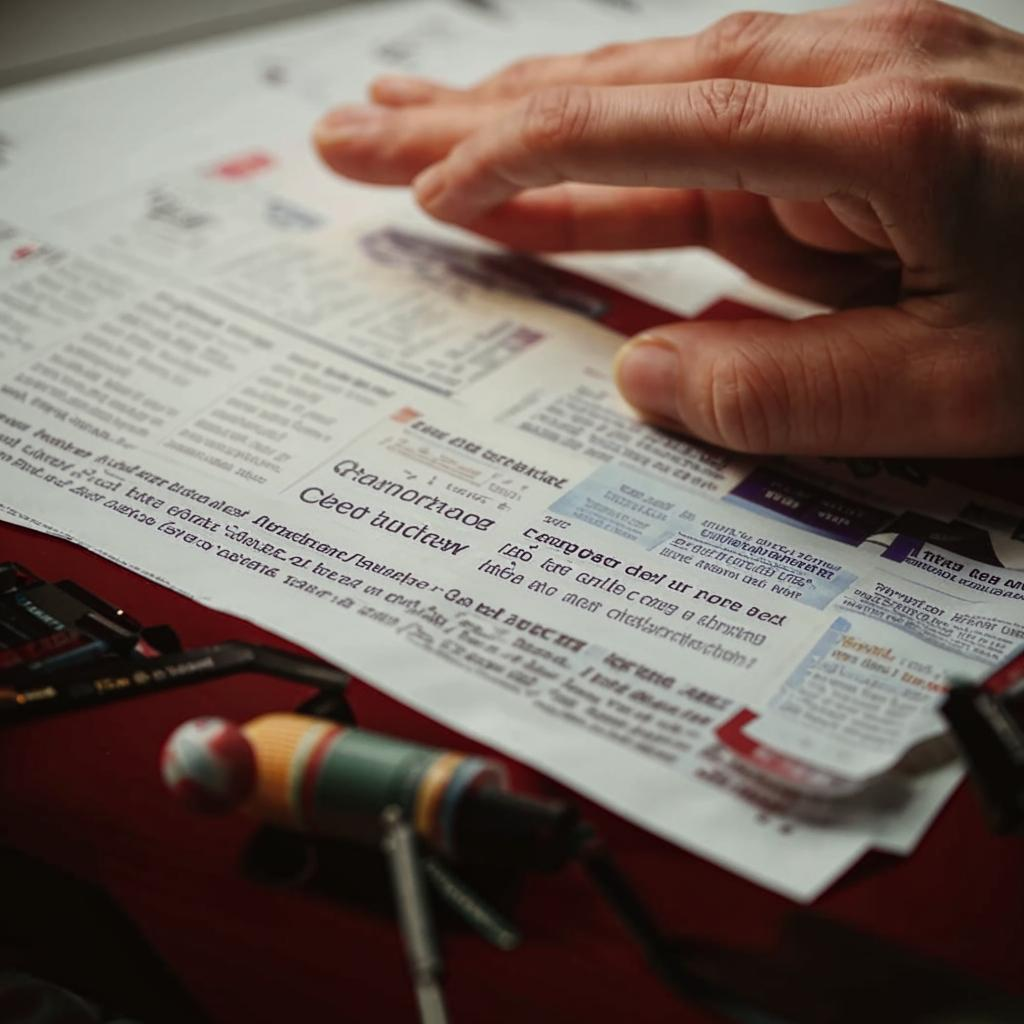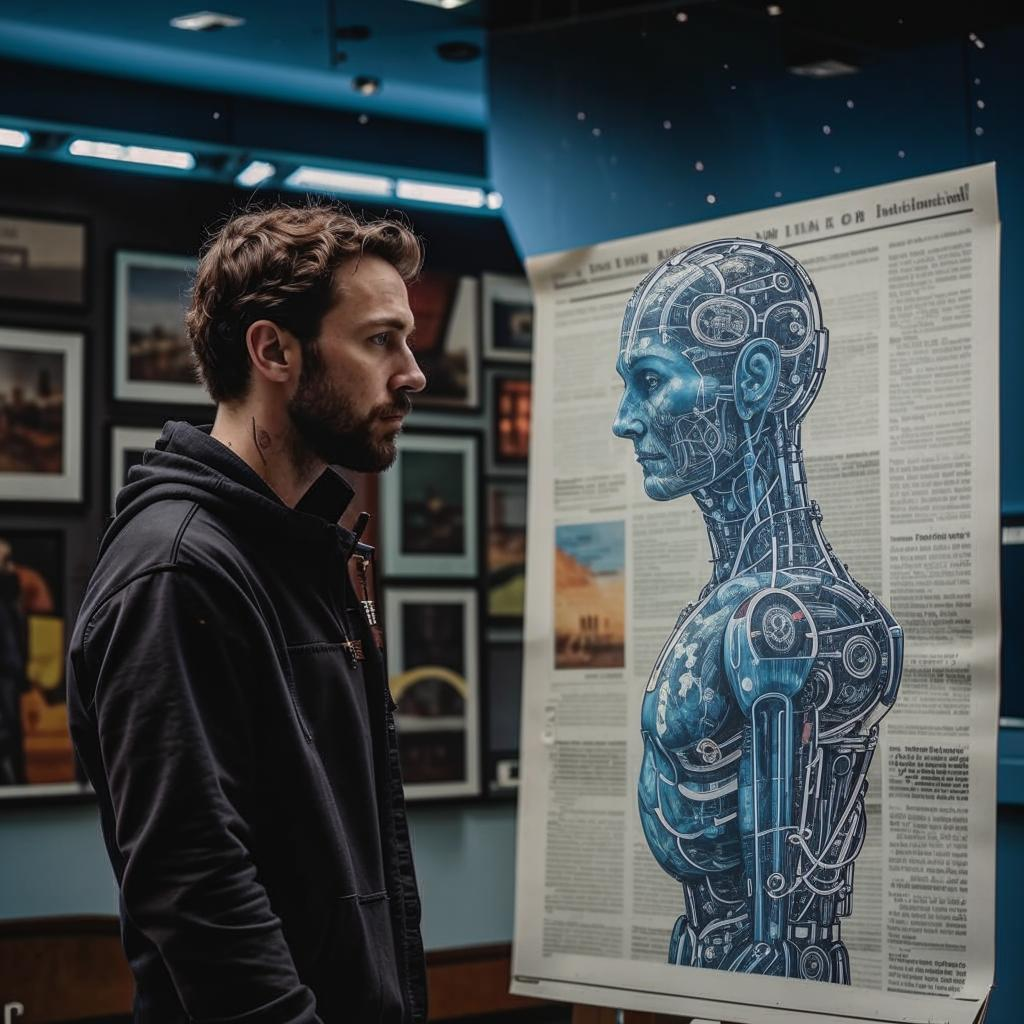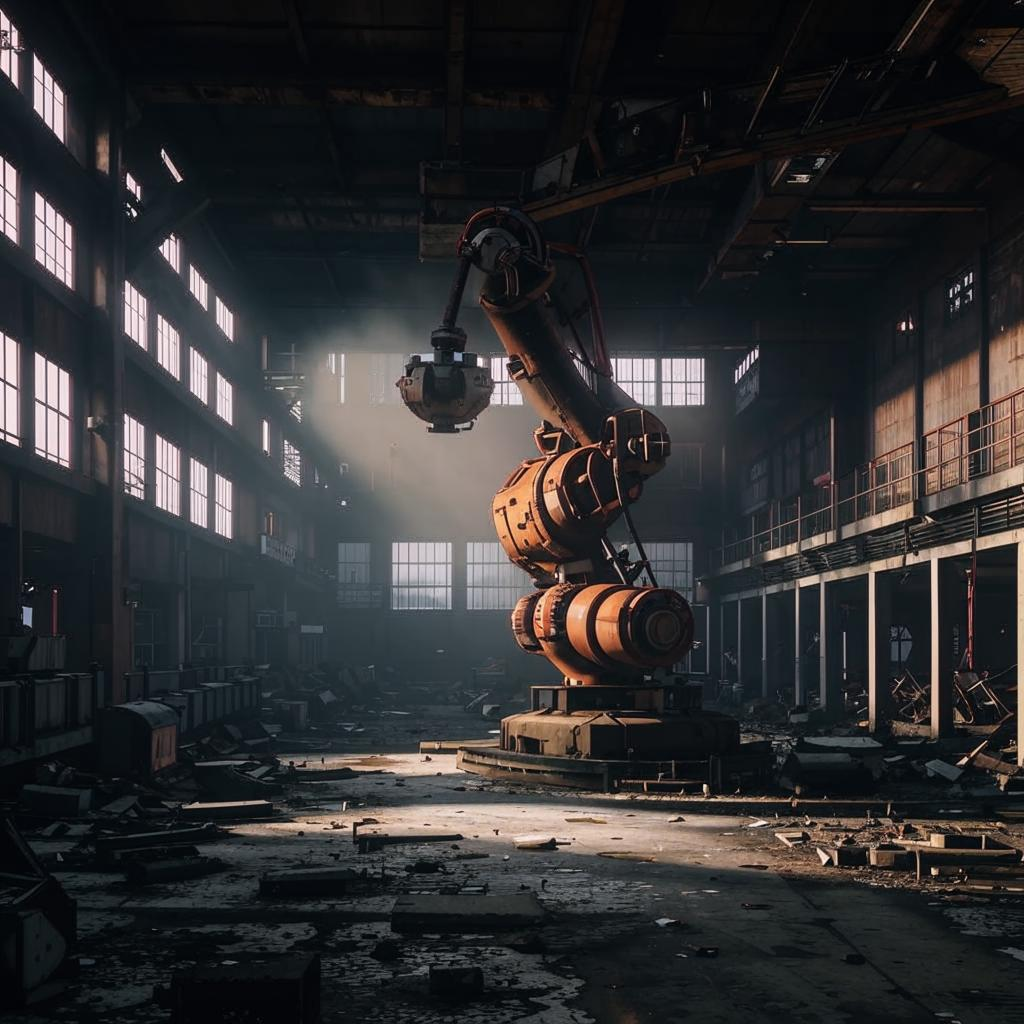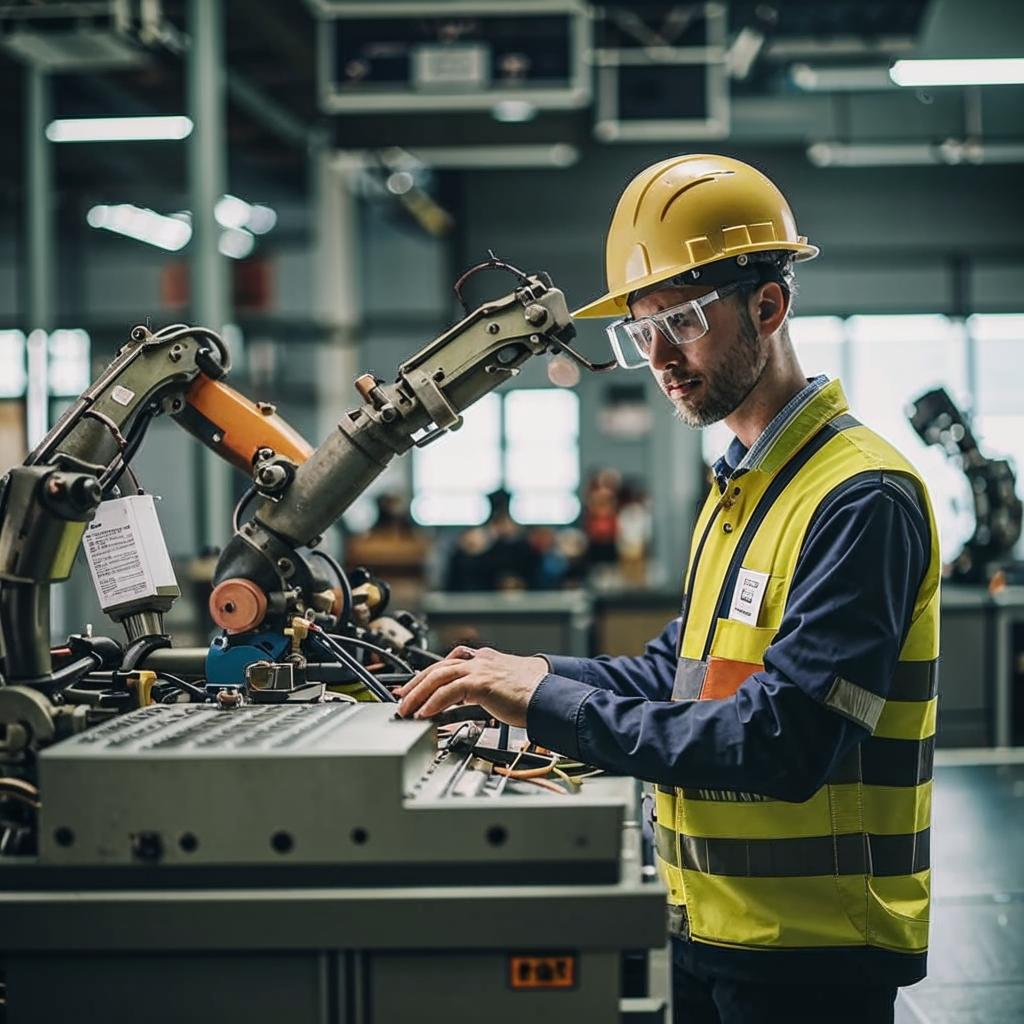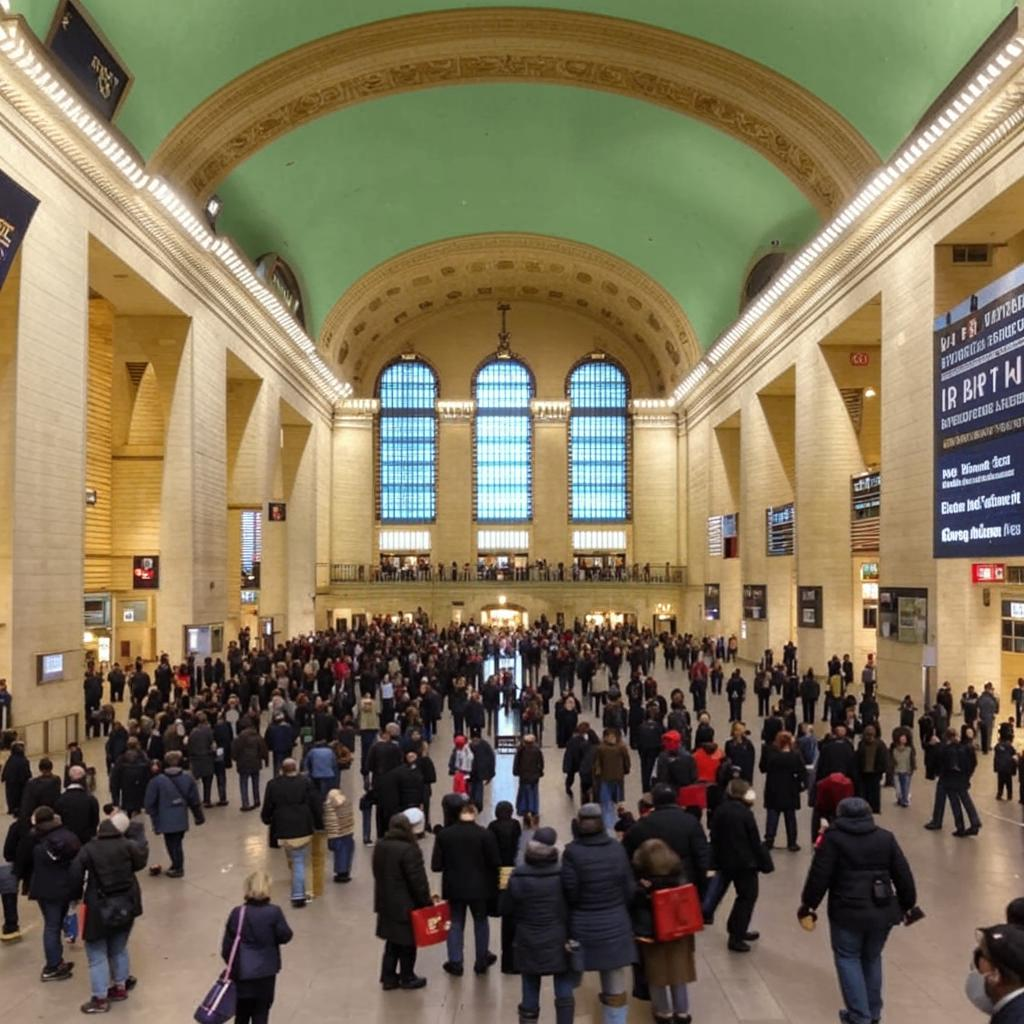The retail apocalypse narrative is shifting as brick-and-mortar stores experience a resurgence, fueled by consumer demand for tangible experiences and social interaction. After years of e-commerce dominance, consumers are craving the ability to touch, feel, and try products before purchasing, driving them back to physical stores. Retailers are adapting by creating immersive shopping environments, transforming stores into destinations with pop-up shops, experiential retail, and personalized services.
The future of retail is a hybrid model, blending online convenience with the tangible benefits of brick-and-mortar. This requires retailers to invest in both channels, creating a cohesive and customer-centric experience. While e-commerce remains strong, certain sectors like apparel and home goods are seeing a stronger brick-and-mortar comeback. Location is also crucial, with urban areas and tourist destinations performing better.
The key to brick-and-mortar success lies in adapting to changing consumer preferences. Retailers who offer unique experiences, personalized service, and a seamless omnichannel approach are poised to thrive. This shift marks a significant evolution in the retail landscape, demonstrating the enduring value of physical stores in the digital age. The physical element of retail is needed in this new age. Finishtit



